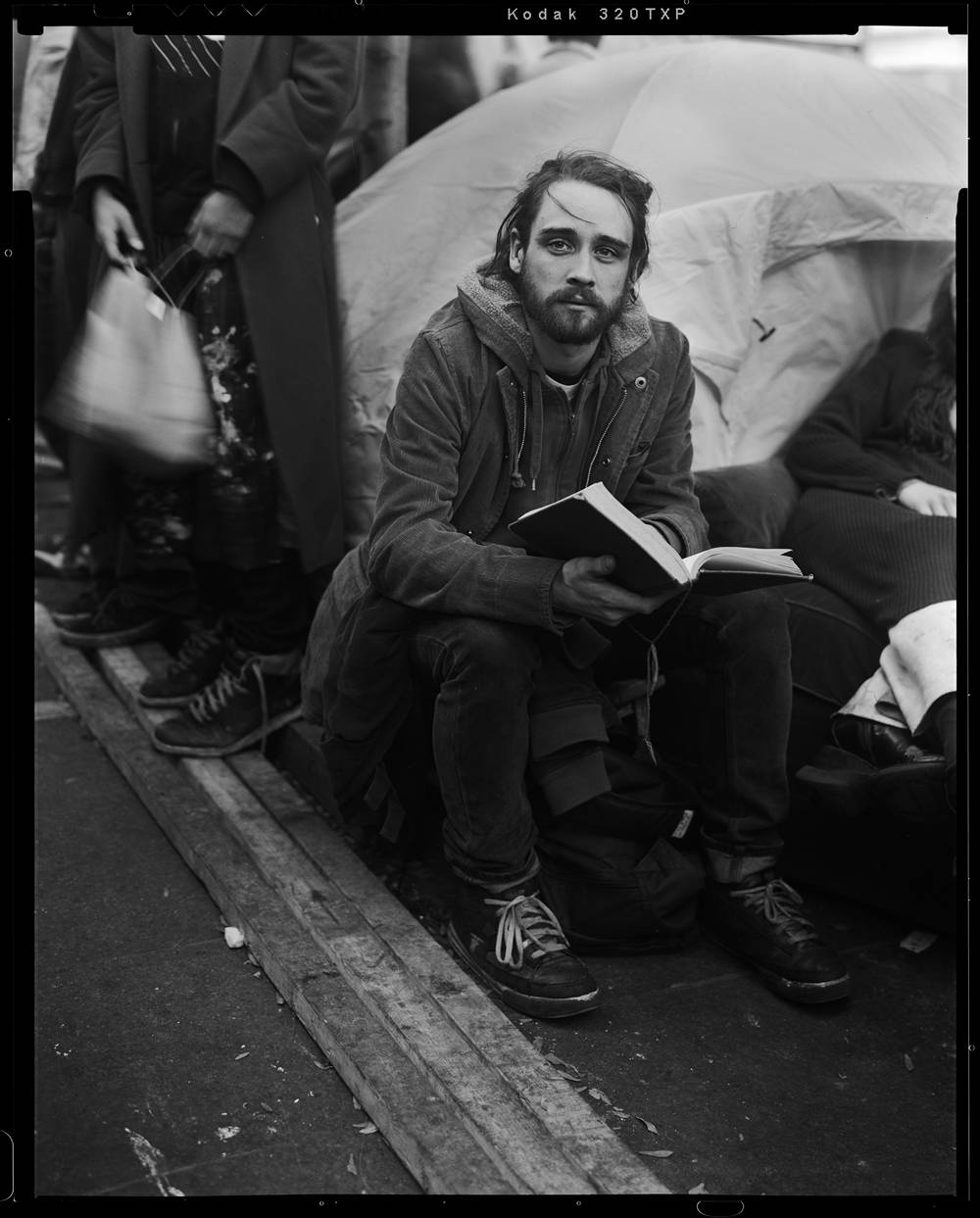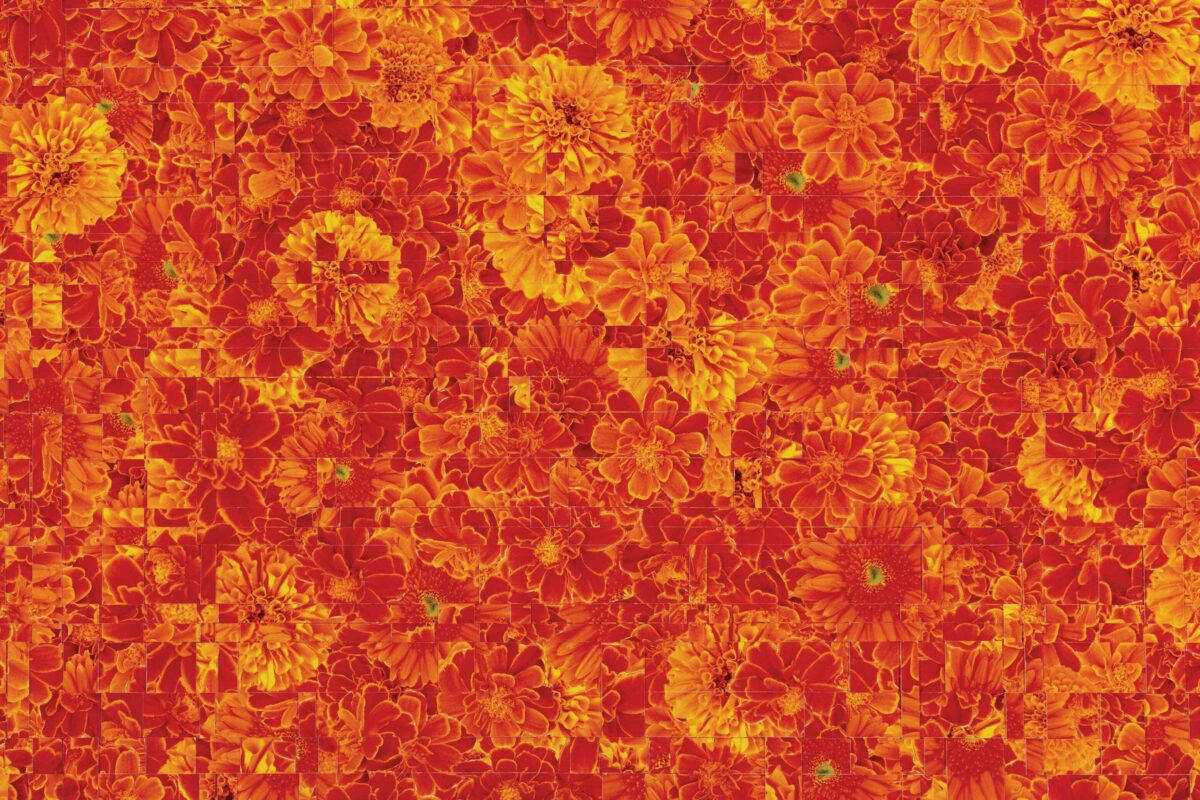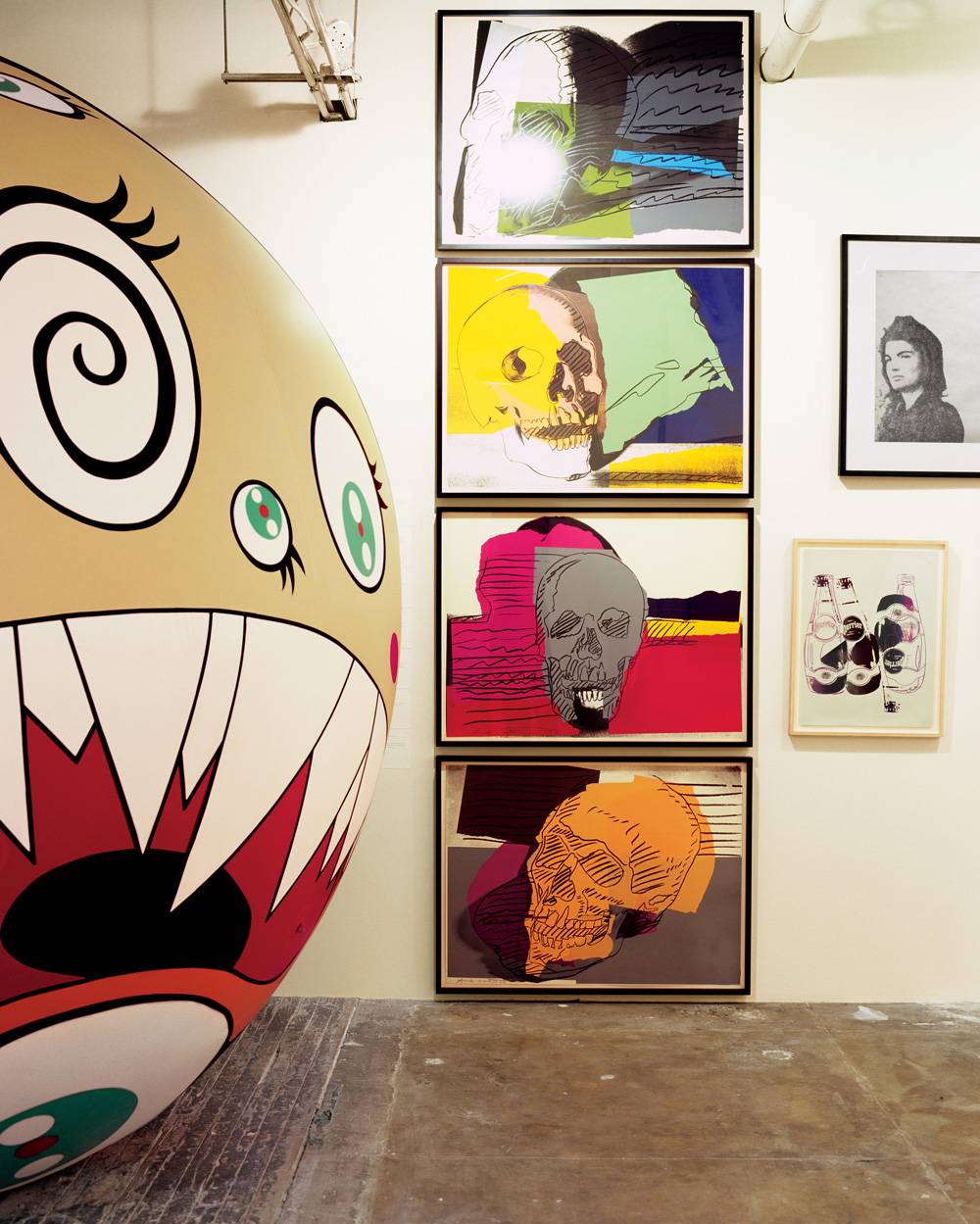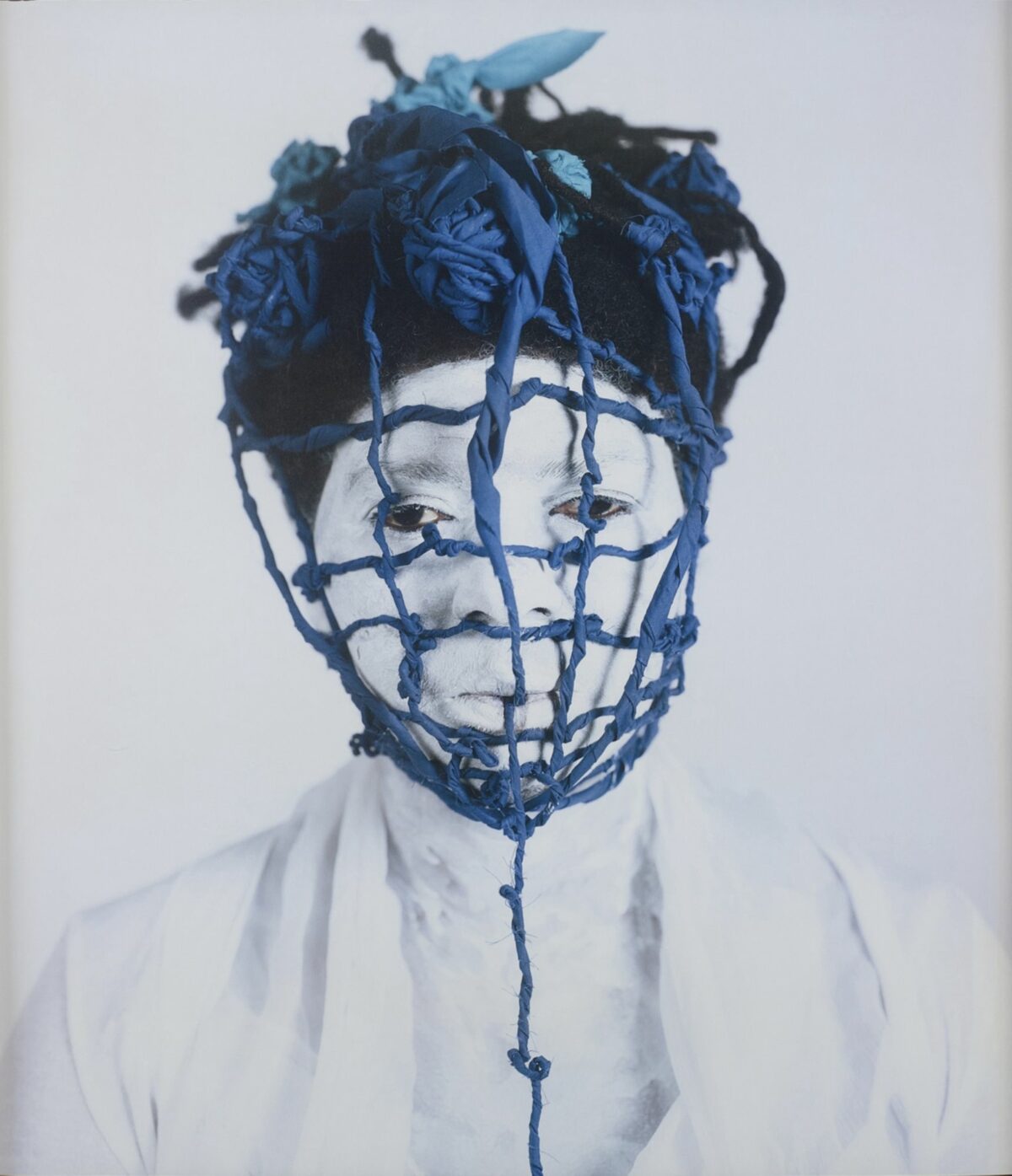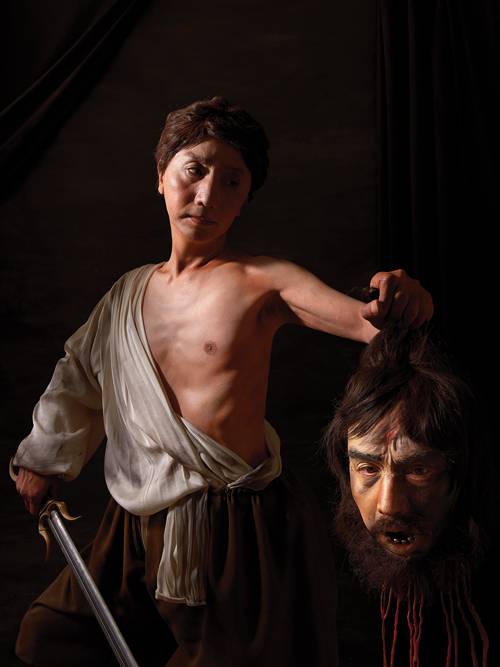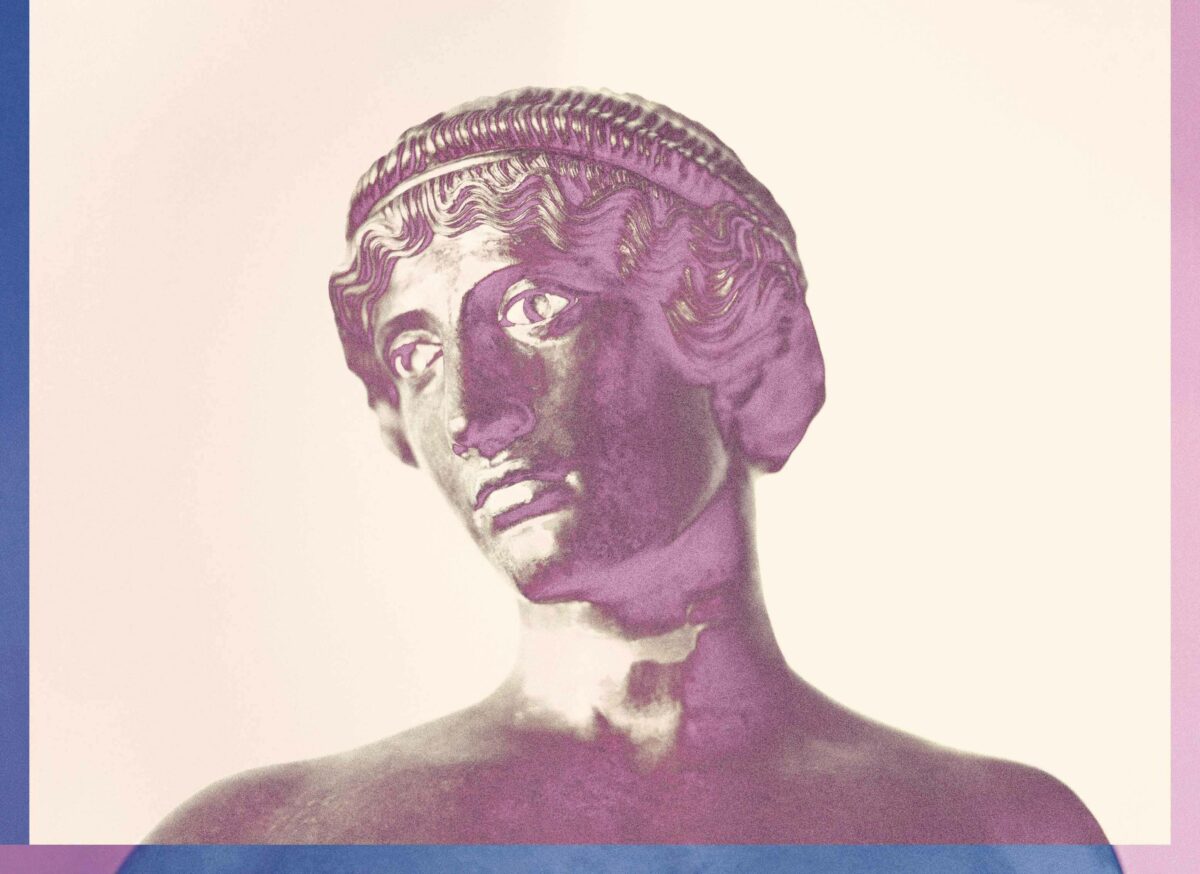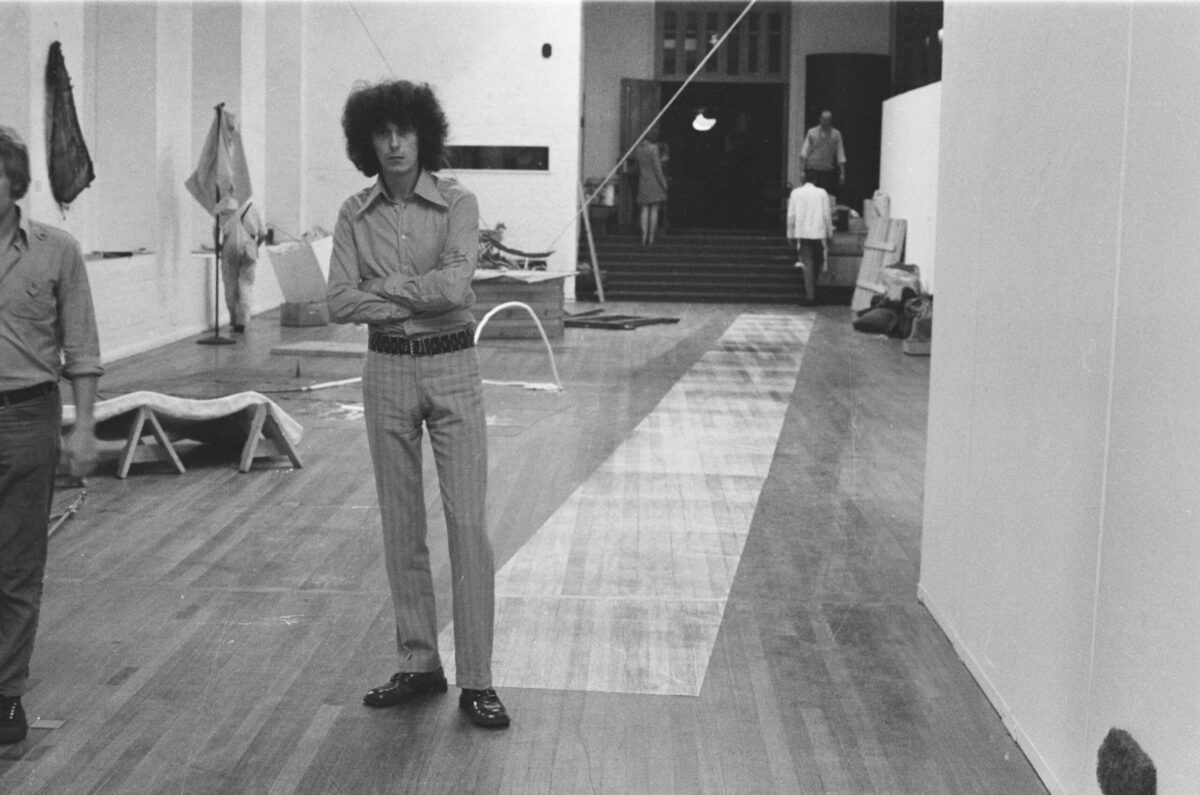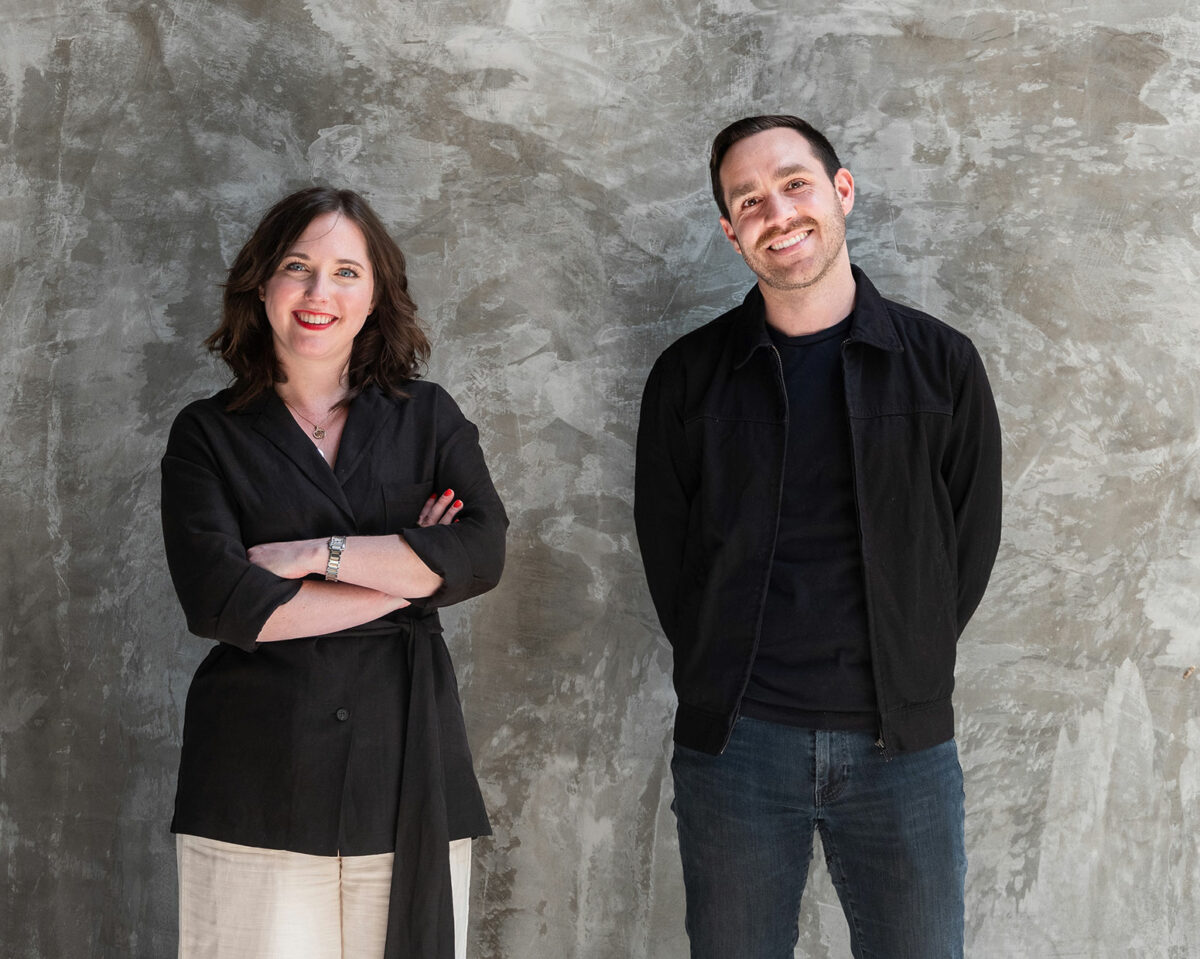Rosamond Purcell has pursued a unique career in photography over five decades. Often working in the context of natural history, Purcell has created an oeuvre that is both expansive and disorienting and that lies outside schools, traditions, and movements of contemporary photography. Her first retrospective, Rosamond Purcell: Nature Stands Aside, is on view at the Addison Gallery of American Art at Phillips Academy through December 31.
Lyle Rexer: As I look over your work in the exhibition, I am fascinated by the sheer materiality of it. It prompts me to ask how you got interested in photography.
Rosamond Purcell: I had no idea I wanted to be a photographer or even a visual artist or how to go about it. In the late 1960s, Dennis Purcell, now my husband, shared his abstract photographs with me. He is a very good photographer, and he noticed that I pointed to particular sections of his photographs and asked what I was seeing. I was looking more closely than he was used to, and he thought I might be interested in using a camera. Working at Polaroid, he had access to a camera and film, and he brought them home.
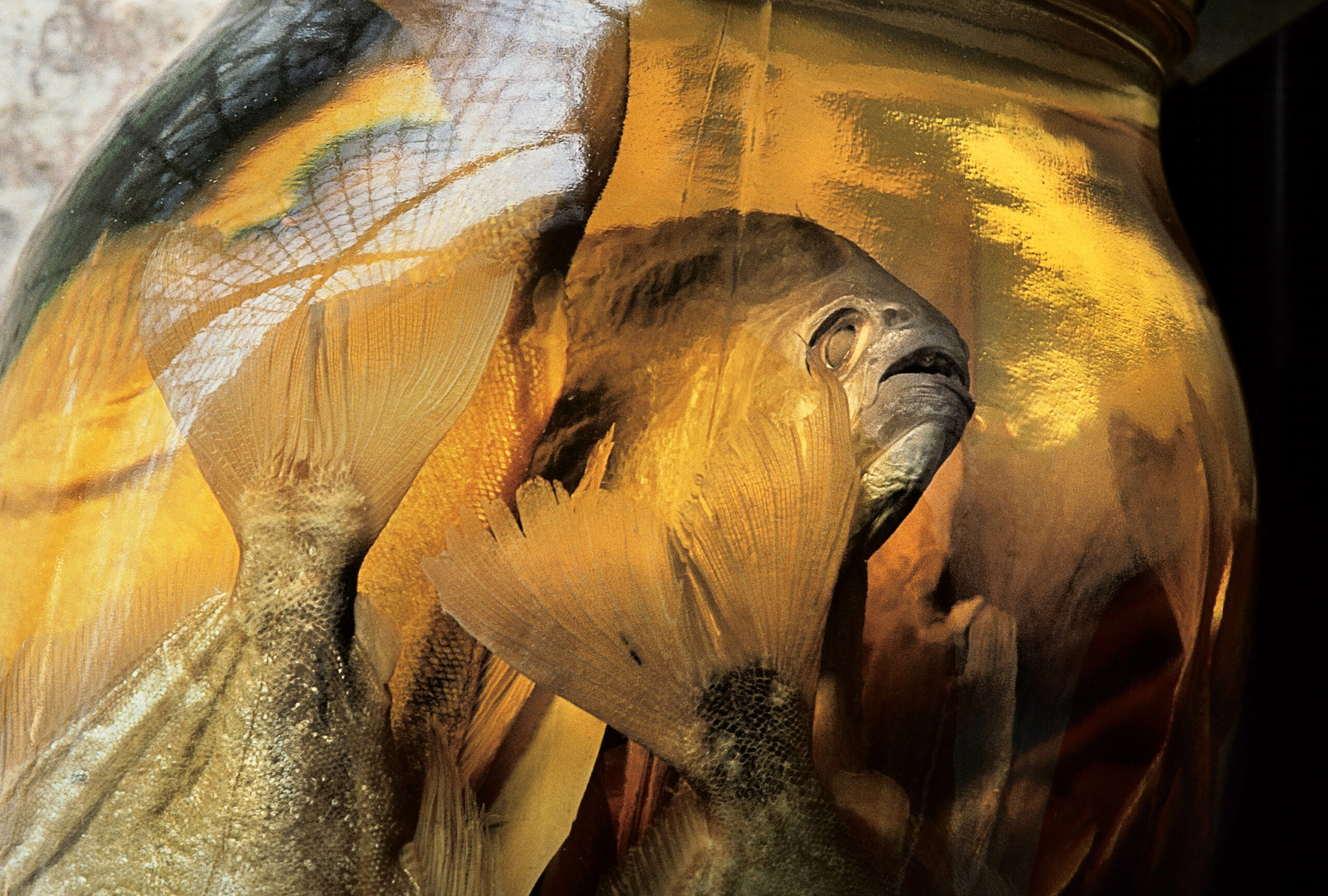

LR: How did you go forward? Did you study photography?
RP: I always resisted classroom learning, and it was more that I had to figure out for myself how the camera worked. I took a folding Polaroid pack camera to Guadeloupe and grew frustrated when I couldn’t get the pictures that looked like what I saw. I didn’t know about parallax, for instance – the difference between what you see through a viewfinder and what the camera sees – and I forgot to clean the rollers of the camera, and they got gummed up. So I made mistakes. But Dennis kept giving me film and I kept photographing and gradually understood how this particular camera “sees.”
LR: But from early on, you never seemed to play it straight, in a documentary sense.
RP: Even though I thought I knew what I was photographing and what I wanted to see, sometimes what came out was better than what I intended. My first color pictures were like that. I was comfortable with black and white. I was interested in composition and depth of field, and I didn’t need color to mess that up and complicate things. And at that time, black and white was what “art” photographers used. But when I made the transition to 4 x 5 Polaroid film, I noticed that the receiving sheet of one piece of underexposed, overdeveloped black-and-white film had a tremendous amount of purple and violet. This was the part of the Polaroid that one would have thrown away, but in it I saw another version of the image. So I rephotographed that, and this was my first color photograph. After that, I looked at every piece of trash from my film.


LR: What about your decision to photograph natural history specimens? You could have adopted the approach of Bernd and Hilla Becher, for example, and made a more objective catalogue of various species and objects, but your aesthetic choices make it clear that you weren’t in the woods to hunt that bear.
RP: Yes, aesthetics were important, but it was more emotion that was the driver, and especially apprehension. I had been making portraits, mostly of friends and people I knew, but I got tired of pushing them around and trying to get them to be inert or passive so I could make their images. I liked those photographs because I liked the people in them, but I didn’t like making them.
LR: How did apprehension – you also used the word repulsion – drive you into the kingdom of the dead, those museums full of preserved specimens?
RP: As children we were taken to the museums in Cambridge, especially to the Museum of Comparative Zoology. It was a good way to get us out of the house so my father [Harvard historian Robert Lee Wolff] could keep working and wouldn’t be disturbed. I found myself looking at the things that were not easy to look at. I had an atavistic terror of taxidermy. I stood, not speaking, in front of these grimacing sewed-up pelts. After I began taking photographs, I thought: I have to look at something that is not easy to look at; it’s too easy to look at interesting people. Some museum specimens were more gestural than others, like the primates. I gravitated towards them. They were not boring.
LR: How did you move on to photographing specimens?
RP: I was commissioned by the museum at Harvard to photograph bats for an exhibition. I was shooting them in black and white, and I had these drawers of bats that I would pull out, and I found them endlessly fascinating. I thought, why not the whole rest of the ark?


LR: I spent a lot of time with curators at the American Museum of Natural History when I was writing a book about the museum’s expeditions [American Museum of Natural History: 125 Years of Expedition and Discovery (Harry N. Abrams, 1995)]. I am curious about the curators’ reaction to your work.
RP: It depended on who I cajoled into letting me work with their collections. I waited years, mostly photographing in the exhibition spaces, before I was admitted to the inner sanctum of the museum. Through a friend who knew someone who knew the mammal curator, I was introduced. She was a very direct, no-nonsense person, and I would say she tolerated me. But she gave me some lessons that I’ve never forgotten. The most memorable was when I was photographing primates and I took the tag off a monkey specimen because I didn’t like the way it looked. I lost the tag, and she said to me: “A tag is priceless, but a monkey without a tag is worthless.” I found the tag, and I never lost another one. The other lesson happened when I was looking at a particular monkey and I said, “I like it, but I don’t want to touch it.” She said, “If you can’t touch it, you can’t photograph it.” That was very important, because I am a natural-light photographer, and inside the collections there is not a lot of natural light. A lot of specimens are in basements. So staging is crucial to my work. I have to be able be able to move things.
LR: The curator’s world and your world were distinct.
RP: Again, not all curators are the same, but in general I think they regarded what I did as uninformed, unscientific, irrelevant, frivolous, a waste of their time. To give you another example, I photographed a mastodon molar, and the collection’s manager offered me examples to choose from. The one I liked was jagged and broken. It reminded me of a mountain range, and I photographed it close up in its box with the cotton padding. It looked like a scene in the Andes after a storm. I said this to him, and he replied, “It’s a tooth.”


LR: So the poetic dimension is not the way they see things. It’s always just a tooth. You worked with Stephen Jay Gould [the late Harvard paleontologist and historian of science who also worked at the American Museum of Natural History] on three book projects. He was a very good writer. Was it different with him?
RP: I would take the photographs, and he would respond to them, always by finding a scientific reason or occasion, whether it was morphology or genetic diversity or whatever. There were some images where he had nothing to say except: It’s a nice picture. In other words, he was always looking at the photographs from his side of the universe. Neither side is right. They are just different.
LR: I wanted to ask a final question about photographing objects that were once alive and now are not. It has always struck me as uncanny, like photographing dolls or effigies. The camera gives life to things even as it arrests it. Did you feel that?
RP: No. What I feel is that if you look at these objects with curiosity and attention – and occasionally with amazement – the trick is that whatever it was that arrested you can be recorded and conveyed.
Lyle Rexer’s most recent book is The Critical Eye: 15 Pictures to Understand Photography (Intellect Press). He teaches in the BFA, MFA, and MPS programs in photography at the School of Visual Arts.


